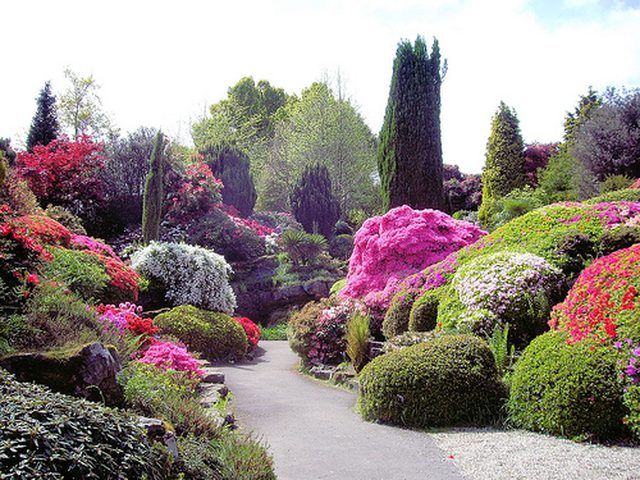Bulbs
Flower Basics
Flower Beds & Specialty Gardens
Flower Garden
Garden Furniture
Garden Gnomes
Garden Seeds
Garden Sheds
Garden Statues
Garden Tools & Supplies
Gardening Basics
Green & Organic
Groundcovers & Vines
Growing Annuals
Growing Basil
Growing Beans
Growing Berries
Growing Blueberries
Growing Cactus
Growing Corn
Growing Cotton
Growing Edibles
Growing Flowers
Growing Garlic
Growing Grapes
Growing Grass
Growing Herbs
Growing Jasmine
Growing Mint
Growing Mushrooms
Orchids
Growing Peanuts
Growing Perennials
Growing Plants
Growing Rosemary
Growing Roses
Growing Strawberries
Growing Sunflowers
Growing Thyme
Growing Tomatoes
Growing Tulips
Growing Vegetables
Herb Basics
Herb Garden
Indoor Growing
Landscaping Basics
Landscaping Patios
Landscaping Plants
Landscaping Shrubs
Landscaping Trees
Landscaping Walks & Pathways
Lawn Basics
Lawn Maintenance
Lawn Mowers
Lawn Ornaments
Lawn Planting
Lawn Tools
Outdoor Growing
Overall Landscape Planning
Pests, Weeds & Problems
Plant Basics
Rock Garden
Rose Garden
Shrubs
Soil
Specialty Gardens
Trees
Vegetable Garden
Yard Maintenance
Do All Plants Grow From Seeds?
Do All Plants Grow From Seeds?. The world of plants is full of beauty and diversity. The diversity of plants isn't just in the way they look, their sizes or their uses. Plants can be different in how they begin their life cycle, too.For those who are curious about the workings of plants, a good place to begin an exploration is how plants come to...

The world of plants is full of beauty and diversity. The diversity of plants isn't just in the way they look, their sizes or their uses. Plants can be different in how they begin their life cycle, too.
For those who are curious about the workings of plants, a good place to begin an exploration is how plants come to life. Not all plants grow from seeds. Some begin life as rhizomes or spores, others as a result of binary fission. Cuttings from parent plants are another method to initiate a new plant.
Algae
One plant that has an interesting way of growing without the help of seeds is algae. According to Morning Earth, algae can be a simple, single-celled, or a multicelled plant that reproduces in one of three ways: by breaking apart and forming a new alga; by division, called binary fission; or by sending out spores. Although algae commonly reproduce asexually, some kinds of algae--red algae, for example--reproduce sexually. Either way, algae does not require a seed to sprout from.
Tubers, Suckers and Runners
Other ways that plants grow include tubers, suckers and runners.
Tubers are the fleshy growths on roots that you can find buried beneath the dirt. The potato is a tuber. A tuber serves as the reproductive part of a plant, with new shoots and leaves coming from the buds, or eyes, of the tuber, producing new plants.
According to the Manual of Woody Landscape Plants, a sucker is a plant shoot that arises from an underground root, and a runner is a trailing shoot of a plant that roots at the tip, or from other parts of the shoot.
Cuttings
Instead of plant seeds, some plants can easily be grown from cuttings. Dave's Garden reports that many ornamental lawn plants grow nicely from cuttings. These include the rose of Sharon, butterfly bush, crepe myrtle, forsythia, gardenia, and weigela.
A cutting is simply a piece cut from a plant. When given the proper water, nutrients and light conditions, it will form a new plant.
Spores and Bulbs
Along with some algae, ferns and moss grow from spores, instead of using plant seeds. These single reproductive cells are released by parent plants, and then reproduce asexually by splitting and forming cells that eventually develop into a new plant.
Seeds
Many plants do grow from seeds, and the variety of seeds is as varied as the types of plants we find. Maple trees have samaras, which fall from the tree in a swirling, twirling flutter that remind us of helicopter blades. Milkweed and dandelion plants have seeds with silky heads that are specially formed to float effortlessly away in the wind--hopefully to find a spot to grow. Peaches have hard pits that will grow into trees under the right conditions, and pine trees have cones that are filled with seeds.